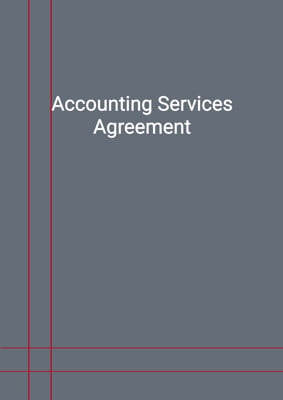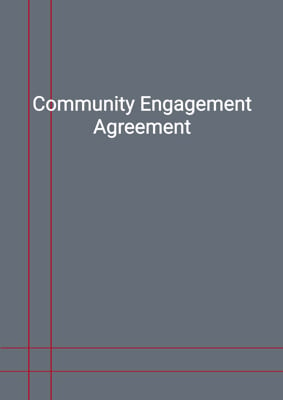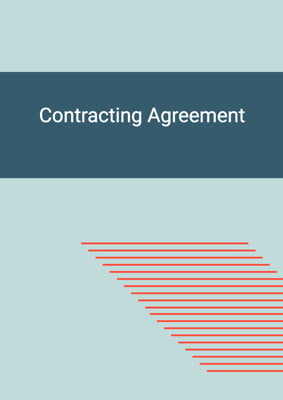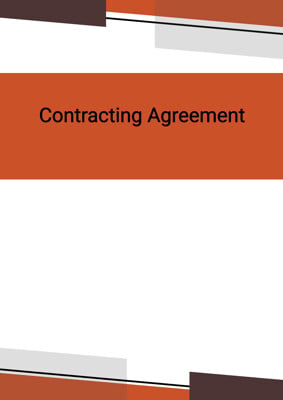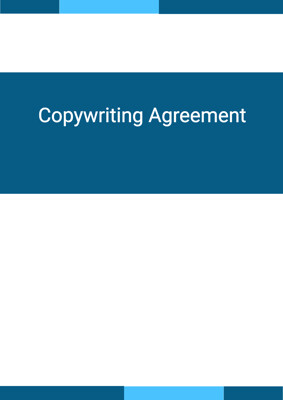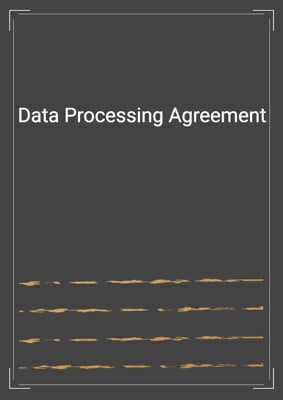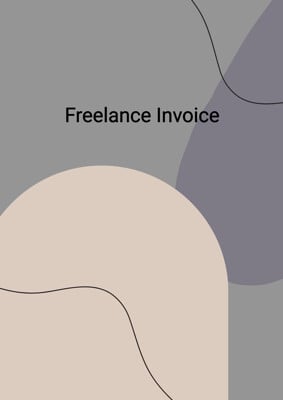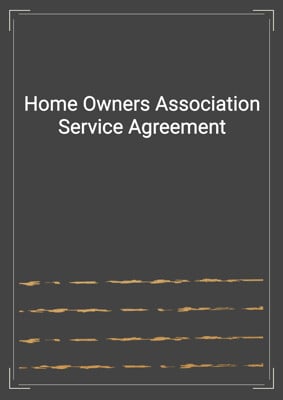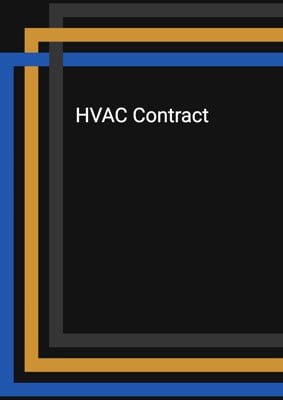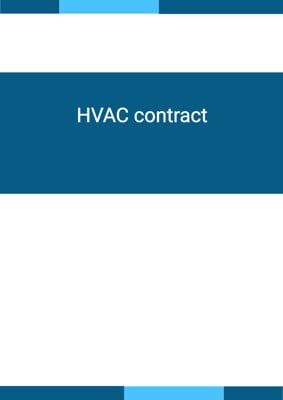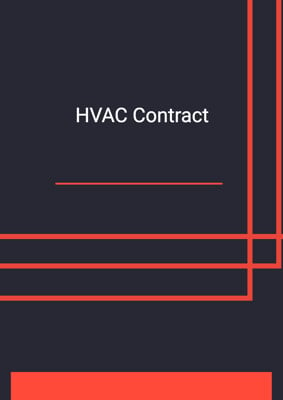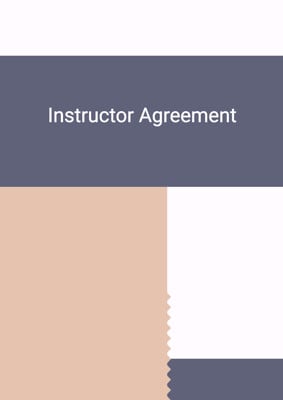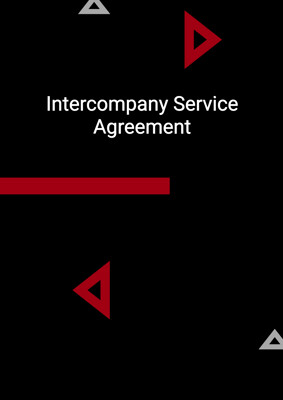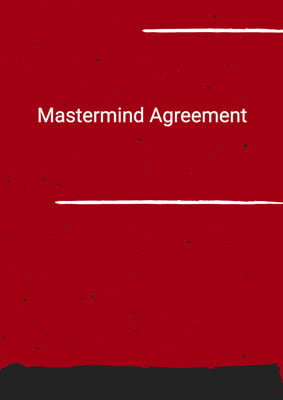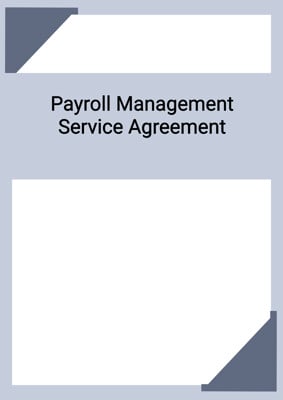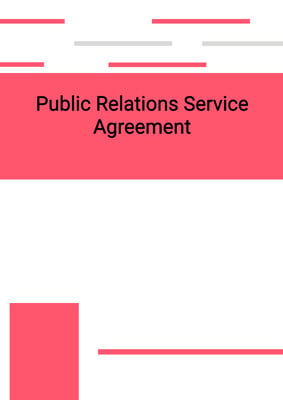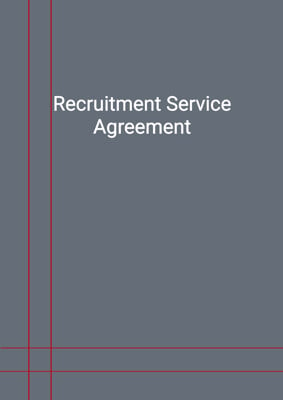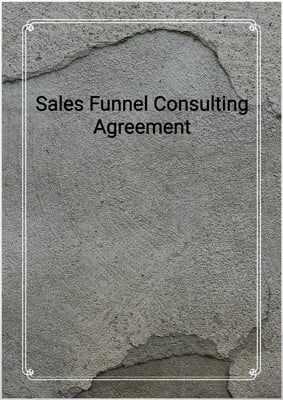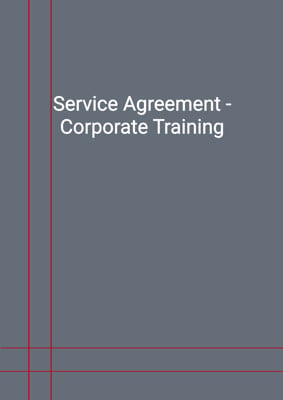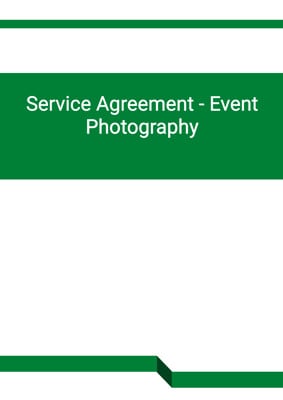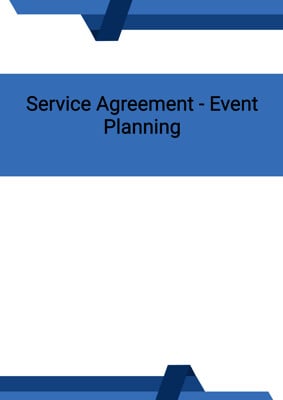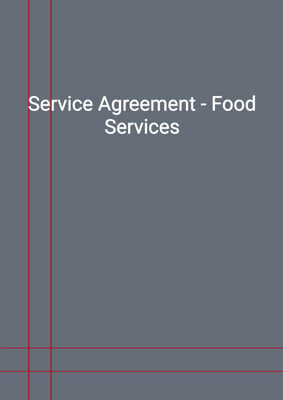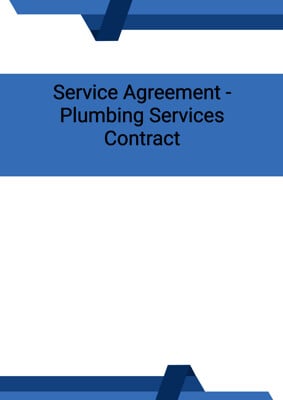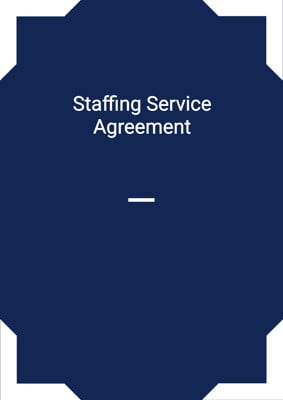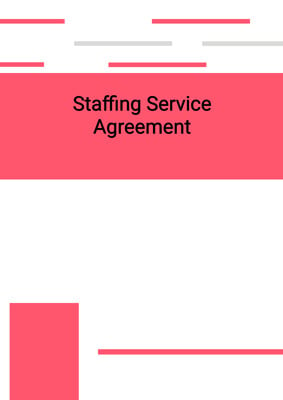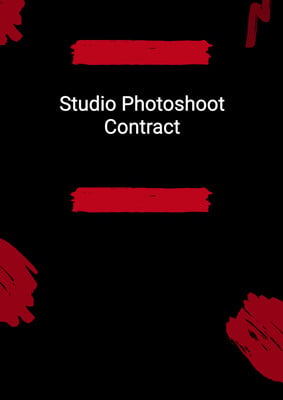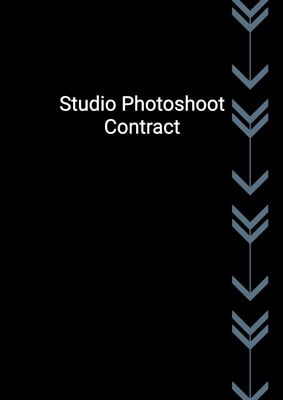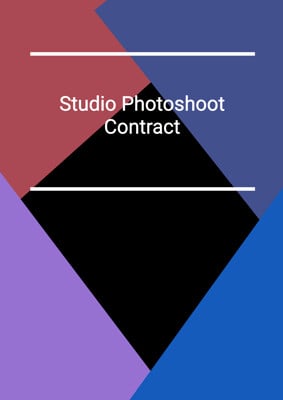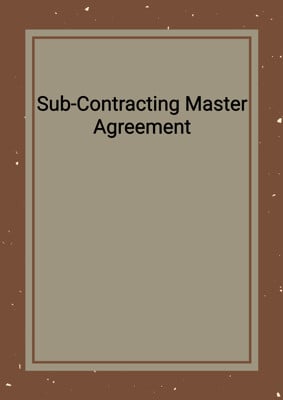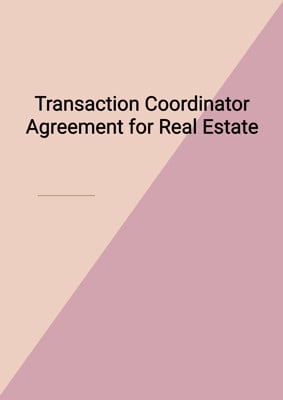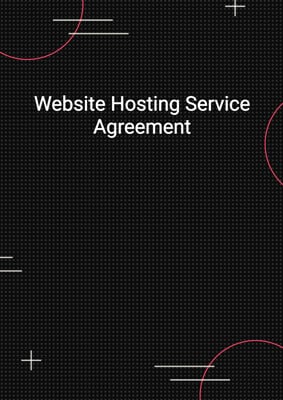How to Tailor the Document for Your Need?
01
Create Document
Fill in the details of the parties. You can click the "Fill with Member’s Information" button to complete it with information saved to your account.
02
Fill Information
Please fill in any additional information by following the step-by-step guide on the left hand side of the preview document and click the "Next" button.
03
Get Document
When you are done, click the "Get Document" button and you can download the document in Word or PDF format.
04
Review Document
Please get all parties to review the document carefully and make any final modifications to ensure that the details are correct before signing the document.
Document Preview
Document Description
The Service Agreement - Graphic Design is a document that outlines the terms and conditions between the designer and the customer for the provision of graphic design services. This agreement is important as it establishes the rights and responsibilities of both parties, ensuring a clear understanding of the scope of work, payment terms, and ownership of materials.
The entire document is divided into several sections, each addressing specific aspects of the agreement. The first section, 'Interpretation,' provides definitions of key terms used throughout the agreement and sets the context for the rest of the document.
The second section, 'Designer's Obligations,' outlines the responsibilities of the designer in providing the services. It emphasizes the need for the designer to perform the services in a professional and diligent manner, complying with all applicable laws and regulations.
The third section, 'Completion of the Work,' highlights the importance of timely completion of the services. It states that time is of the essence and specifies the completion date. It also addresses the possibility of delays and the consequences of non-completion, such as liquidated damages.
The fourth section, 'Service Fees,' details the payment terms for the services. It specifies the service fee, invoicing process, due date, and late charges for unpaid invoices. It also covers the reimbursement of expenses incurred by the designer in performing the services.
The fifth section, 'Warranties and Indemnities,' outlines the obligations of both parties regarding the reporting and rectification of any delays, problems, or defects in the services. It emphasizes the need for prompt communication and resolution of any issues to avoid any loss or claims.
The sixth section, 'Term and Termination,' defines the duration of the agreement and the circumstances under which either party can terminate it. It also addresses the consequences of termination, including the return of materials and the payment for completed services.
The seventh section, 'Ownership of Materials,' clarifies the ownership of materials and intellectual property rights. It states that materials delivered or placed on the site become the property of the customer, while intellectual property developed under the agreement belongs to the customer.
The eighth section, 'Confidential Information,' imposes obligations on both parties to keep the terms of the agreement and any confidential information confidential. It specifies exceptions to this obligation, such as information already in the public domain or required to be disclosed by law.
The ninth section, 'Announcements/Publicity,' requires prior approval for any announcements or disclosures related to the agreement, except where required by law or regulatory bodies.
The tenth section, 'Amendment,' states that any variation of the agreement must be in writing and signed by both parties. It also clarifies that variations do not constitute a waiver of any provisions or affect any rights or obligations already accrued.
The eleventh section, 'Assignment,' prohibits the assignment or subcontracting of the agreement without the written consent of the other party.
The twelfth section, 'Severability,' addresses the invalidity or unenforceability of any provision and the need to negotiate a valid substitute provision.
The thirteenth section, 'Further Assurance,' requires the parties to perform any further acts or execute additional documents necessary to implement the agreement.
The fourteenth section, 'Warranty of Capacity and Power,' includes representations and warranties by each party regarding their authority and capacity to enter into and perform the obligations under the agreement.
The fifteenth section, 'Force Majeure,' exempts the parties from liability for failure or delay in performing their obligations due to causes beyond their reasonable control.
The sixteenth section, 'No Rights under Contracts for Third Parties,' clarifies that third parties have no right to enforce the terms of the agreement.
The seventeenth section, 'Arbitration and Proper Law,' encourages the parties to resolve any disputes amicably and in good faith.
The eighteenth section, 'Notices and Service,' specifies the methods and deemed times of giving notice between the parties.
The nineteenth section, 'Counterparts,' allows the agreement to be executed in multiple counterparts, with each counterpart considered an original document.
This detailed description provides a comprehensive overview of the entire document, highlighting the importance and purpose of each section.
How to use this document?
1. Enter the Contractor's and Customer's information in the agreement, including their principal place of business. This ensures that both parties are clearly identified.
2. Clearly specify the agreed price and completion date of the work to be carried out by the Contractor. This will ensure that both parties are aware of the expectations and deadlines.
3. Clearly describe the type(s) of services to be provided by the Contractor. This ensures that both parties are aware of the scope of work and can avoid any misunderstandings.
4. Both parties should agree on the length of warranty and time of payment after the completion of the work. This ensures that both parties are aware of the payment terms and the length of the warranty.
5. If the work is not completed by the completion date, specify the amount of damages per week that the Customer is entitled to. This ensures that both parties are aware of the consequences of non-completion.
6. In consideration for the services rendered, the Customer shall pay the agreed service fee according to the specified schedule. The Designer will invoice the Customer prior to the payment date.
7. The Designer may incur certain expenses while performing the services. The Designer should keep an exact record of these expenses and submit an itemized invoice with proof of purchase and receipt.
8. The Customer should notify the Designer in writing of any disputes with an invoice within 10 business days from the date of receipt.
9. The Designer is responsible for providing prompt notice of any delays, problems, or complaints related to the services. The Customer should report any defects in the Designer's performance as soon as reasonably practicable.
10. In the event of termination, the Designer should promptly give up possession of the site and deliver any copies of drawings or plans. The Customer shall compensate the Designer for the value of the completed services.
11. All materials and goods delivered to the site become the property of the Customer, while intellectual property developed under the agreement belongs to the Customer.
12. Both parties should keep the terms of the agreement and any confidential information confidential, except in specified circumstances.
13. Any announcements or disclosures related to the agreement require prior written approval, except where required by law.
14. Any variations to the agreement must be in writing and signed by both parties.
15. Neither party can assign the agreement or subcontract the performance without the other party's written consent.
16. If any provision of the agreement is held to be illegal or unenforceable, the parties should negotiate a valid substitute provision.
17. The parties should perform any further acts or execute additional documents necessary to implement the agreement.
18. Each party represents and warrants their capacity and power to enter into and perform the obligations under the agreement.
19. The parties are exempt from liability for failure or delay in performing their obligations due to causes beyond their reasonable control.
20. The agreement cannot be enforced by third parties under any law.
21. The parties should make reasonable efforts to resolve any disputes amicably and in good faith.
22. Notices can be given by hand, email, or post, and the deemed times of giving notice depend on the method used.
23. The agreement may be executed in multiple counterparts, with each counterpart considered an original document.
Not the right document?
Don’t worry, we have thousands of documents for you to choose from:

